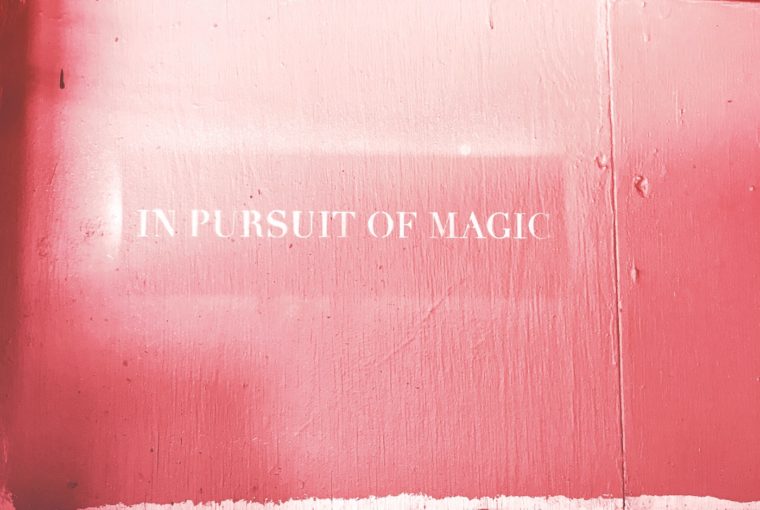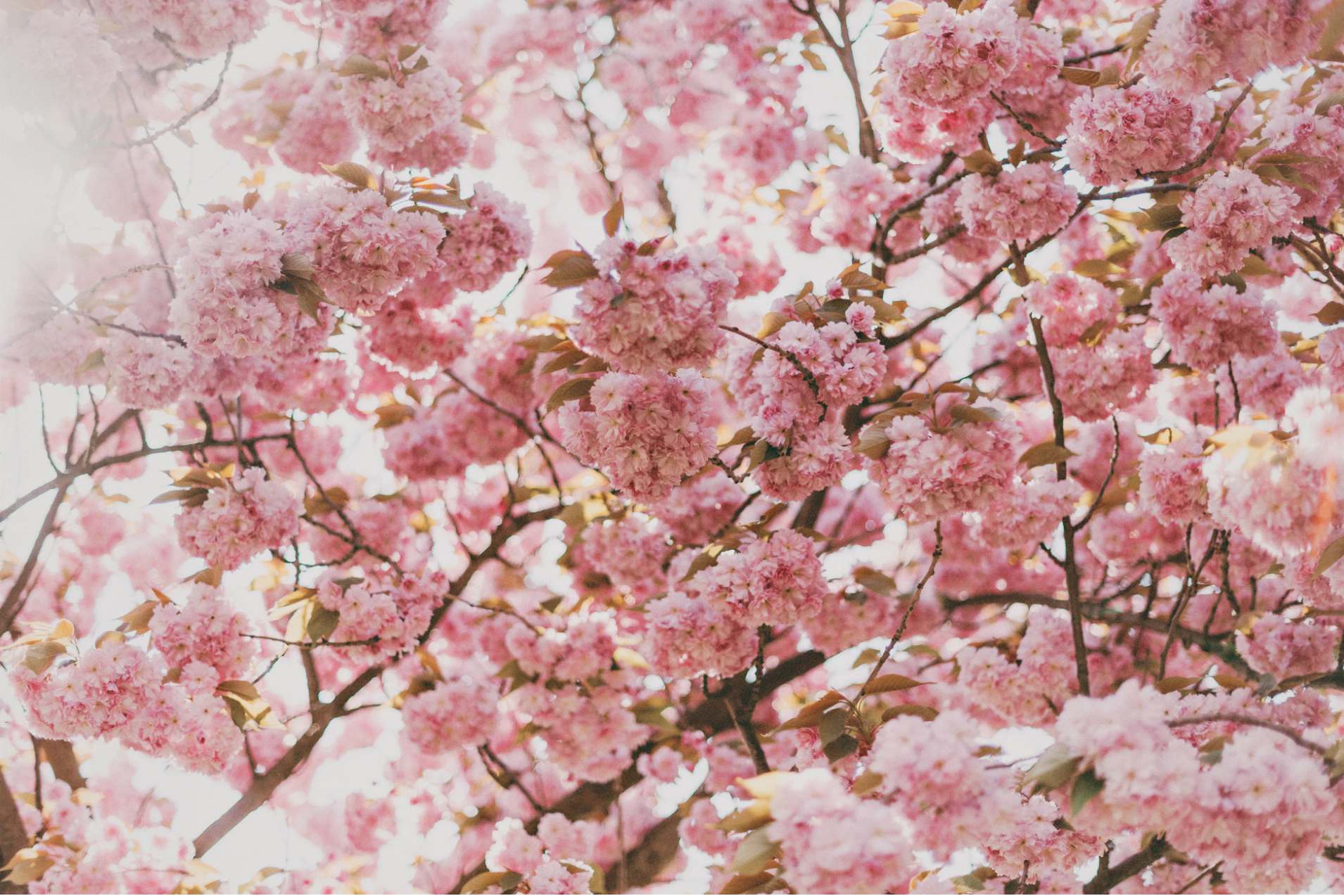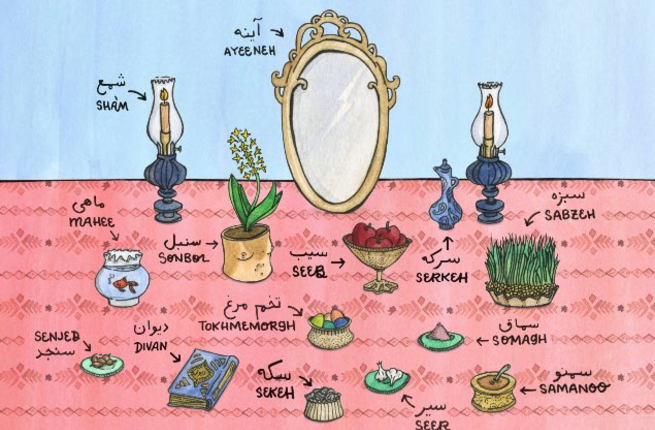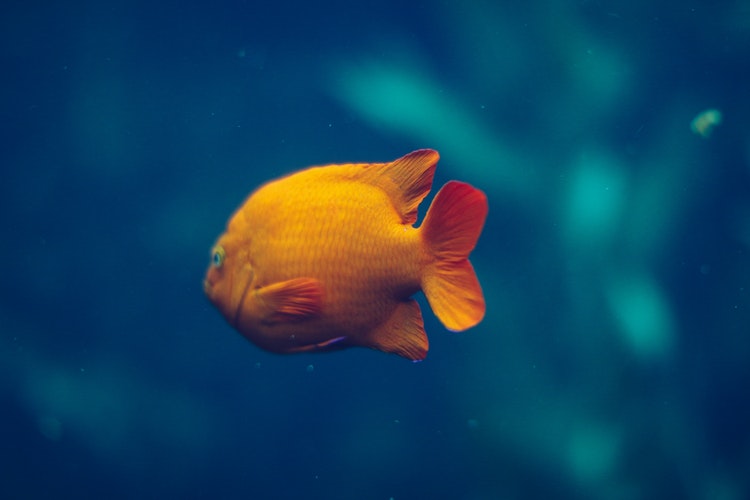Did you know that the spring renewal celebrated by millions of people worldwide is also the Persian New Year? In Iran, the idea of “spring cleaning” isn’t just a seasonal excuse to gut your closet; it’s the basis of a national holiday dating back millennia.
History
Rooted in Zoroastrianism, every year, millions celebrate Persian New Year, or Nowruz (pronounced “no-rooz”). No-Rooz means “New Day”- a new day that starts the year for the Iranians. It occurs on the day of the vernal equinox, and marks the first day of spring! No one knows exactly how far back Nowruz dates, although the best estimates sit somewhere in the range of 3,000 years.
After thousands of years in the making, Nowruz remains a beloved, universal, and an integral part of Persian culture – still celebrated across the Subcontinent, Middle East and Iran.
Much like Eid, there’s a lot of preparation that goes into celebrating Nowruz. People start getting ready for Nowruz about three weeks before the actual vernal equinox. Pretty much everyone goes into a serious spring-cleaning mode, ridding their homes and workplaces of any unnecessary clutter.
A major part of this New Year ritual is setting up the “Haft Seen” table with seven specific items. In ancient times each of the items corresponded to the seven creations and the seven holy immortals protecting them. Over the years, a few things have changed but the symbolism of each element has not.
- Sabzeh: Some kind of sprout or grass that will continue to grow in the weeks leading up to the holiday, for rebirth and renewal.
- Senjed: Dried fruit, ideally a sweet fruit from a lotus tree, for love
- Sib: Apples, for beauty and health
- Seer: Garlic, for medicine and taking care of oneself
- Samanu: A sweet pudding made out of wheat, for wealth and fertility
- Serkeh: Vinegar, for the patience and wisdom that comes with age
- Sumac: A Persian spice made from crushed sour red berries, for the sunrise of a new day
While these seven items are the foundation, the tradition has evolved to the point where there are several other things you can include. Once the day of Nowruz arrives, it kicks off a 13-day celebration of dinners, family visits, and reflections on the year ahead.
Nowruz isn’t all about cleaning and plant life. Some of the other rituals are:
- A few live goldfish (the most easily obtainable animal) are placed in a fishbowl.
- Mirrors are placed on the spread with lit candles as a symbol of fire.
- Most of the people used to place Quran on their Sofreh (spread) in order to bless the New Year.
- The Quran, The Masnavi I Ma’navi of Rumi are also placed on the Haft Seena and the new year is commenced by reading a few verses.
The hope of being able to start new, and better, is about as universal as they come — which might explain why Nowruz hasn’t just survived through generations of prosperity and thrived. Unlike other holidays, this one’s is a celebration of the possibility of new life. Happy Nowruz!








